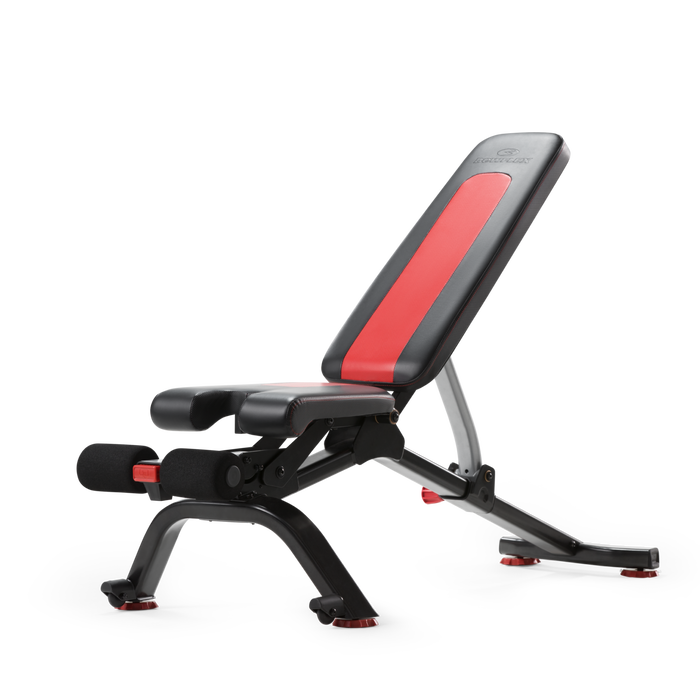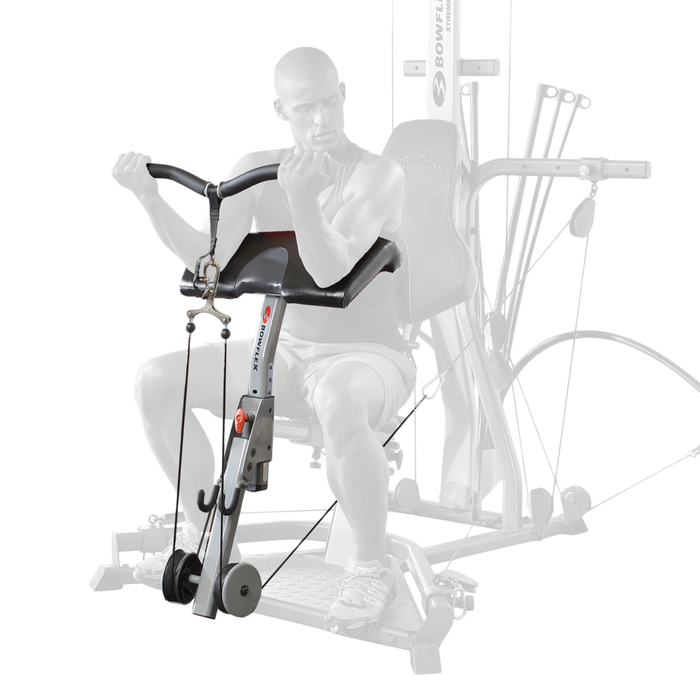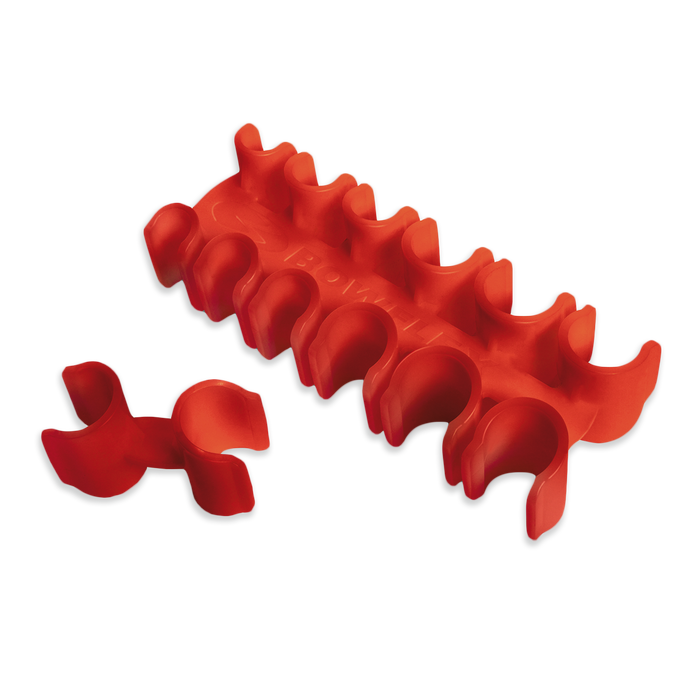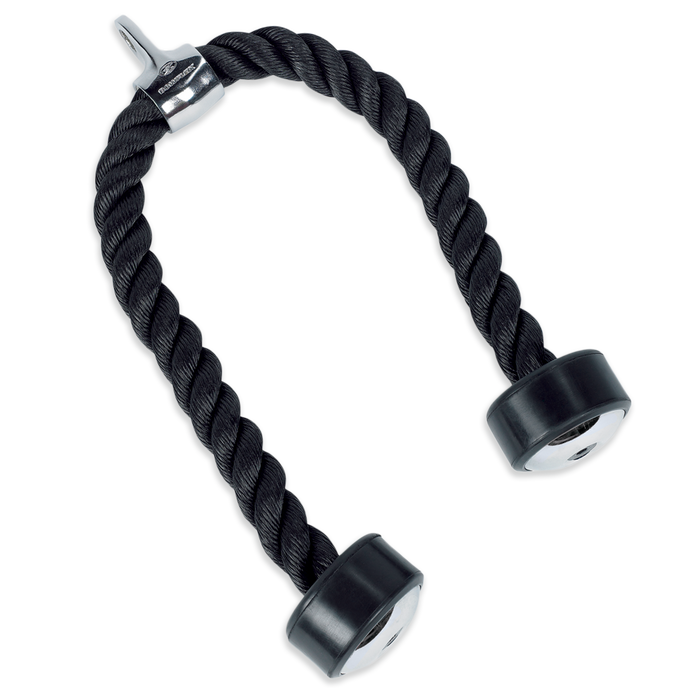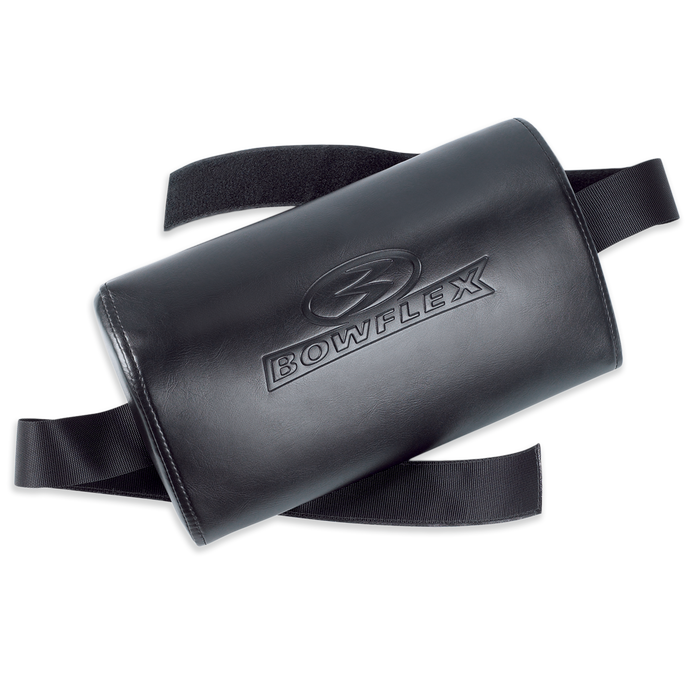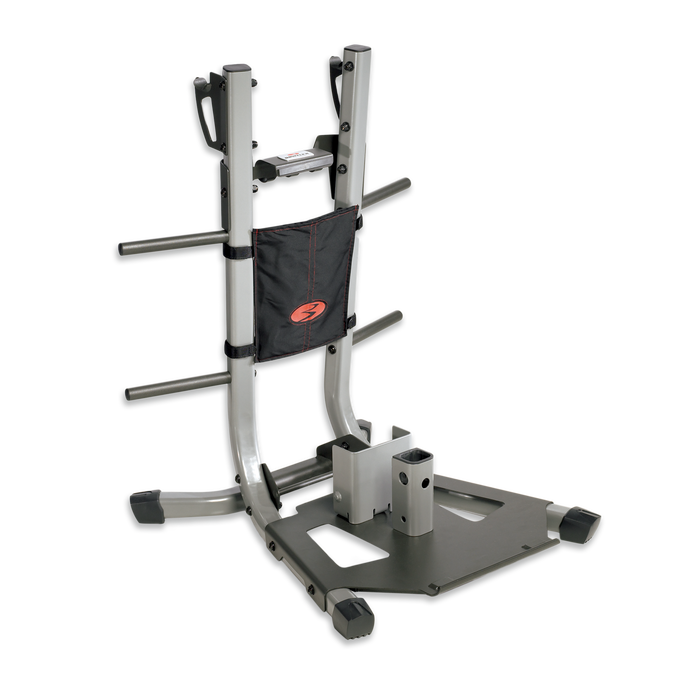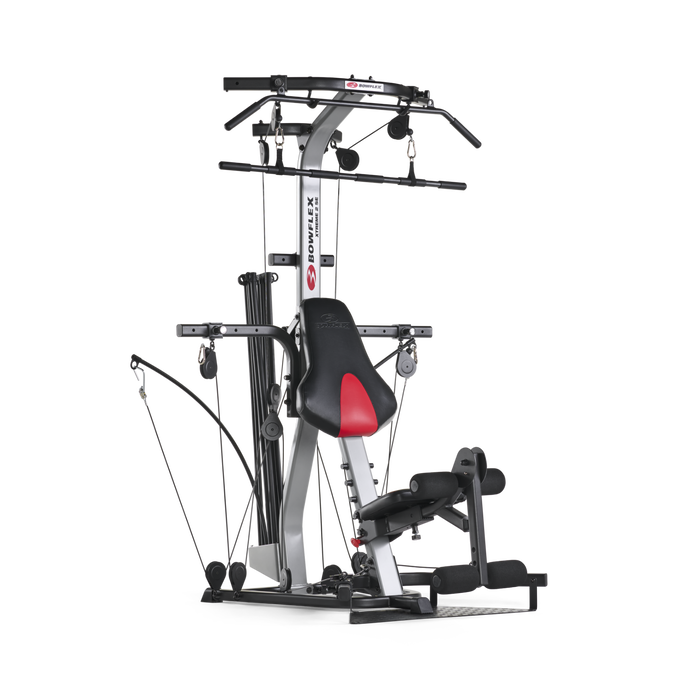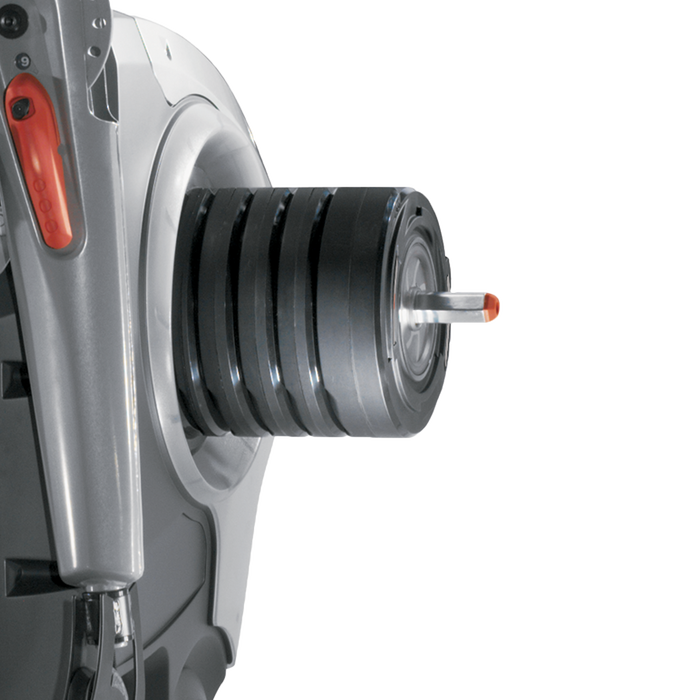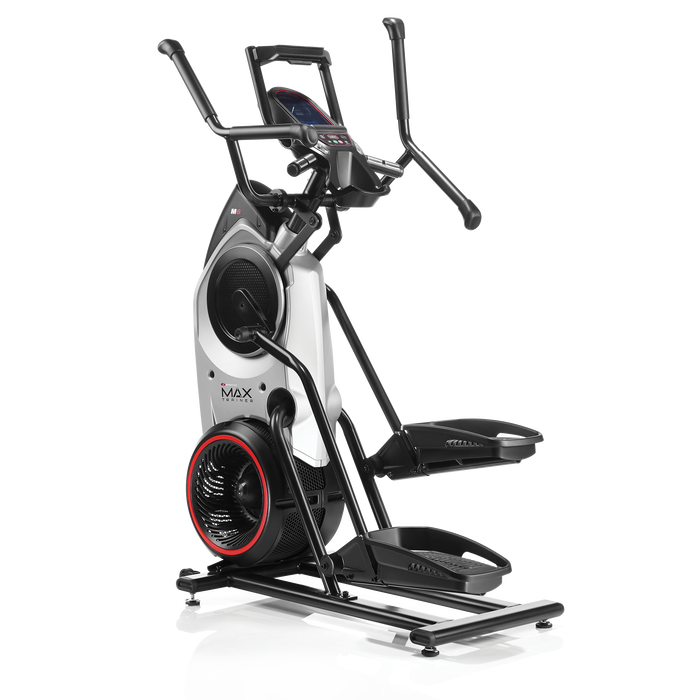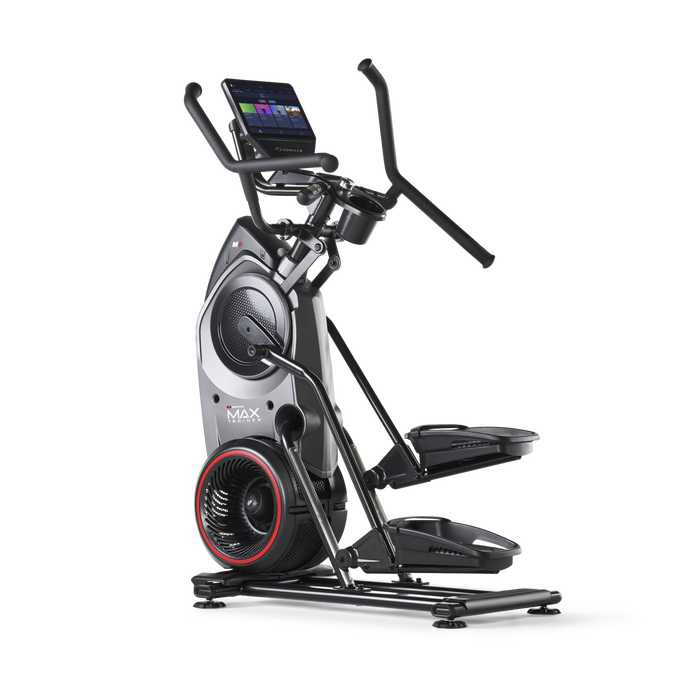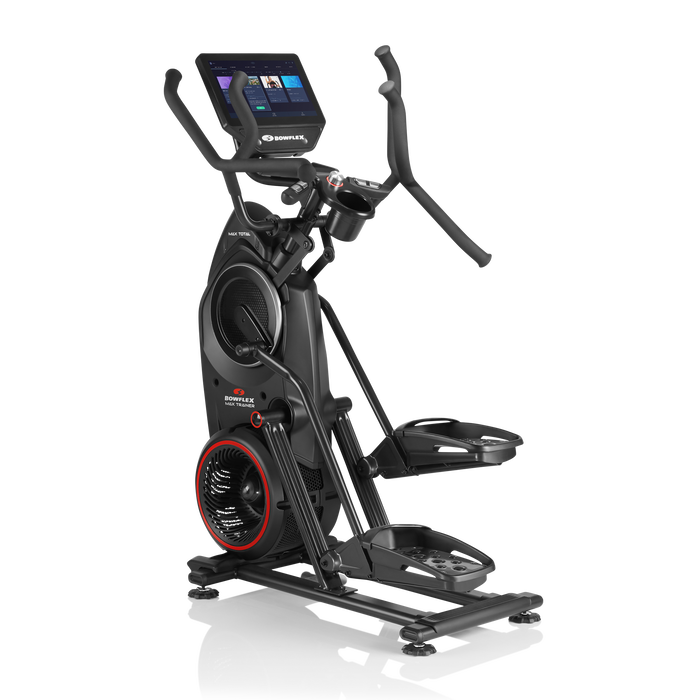Prevent Injury While Working Out At Home

With rising COVID-19 cases and states taking additional precautions by closing facilities to prevent the spread, we really don’t know when we will have the ability to safely return to the gym.
Considering that New Year’s resolutions are right around the corner, we can’t bank on open gyms to help us meet our goals. Instead, it’s time to figure out how to work out responsibly from home to better our bodies and achieve our goals without running the risk of injury.
While not all injuries are preventable, by following these five tips you can better prepare yourself for at-home workouts in the weeks to come:
Know your Limits – Let’s face facts – after 2020 not all of us are in the best shape of our lives. In fact, a recent study found COVID-19 had a negative effect on “vigorous, moderate, walking and overall physical activity” and that sitting time has increased from five to eight hours per day during the COVID-19 pandemic. With this in mind, be kind to yourself and allow yourself to ease back into your workouts. It’s ok to not be at the fitness level you once were – you can get there again.
Switch Up Your Routine – When you repeatedly do the same workout, your body overuses those muscles and no longer responds to the exercise – this increases your risk for injury. By switching up your workout routine, you strengthen different muscles and prevent unnecessary injuries to overworked parts of the body.
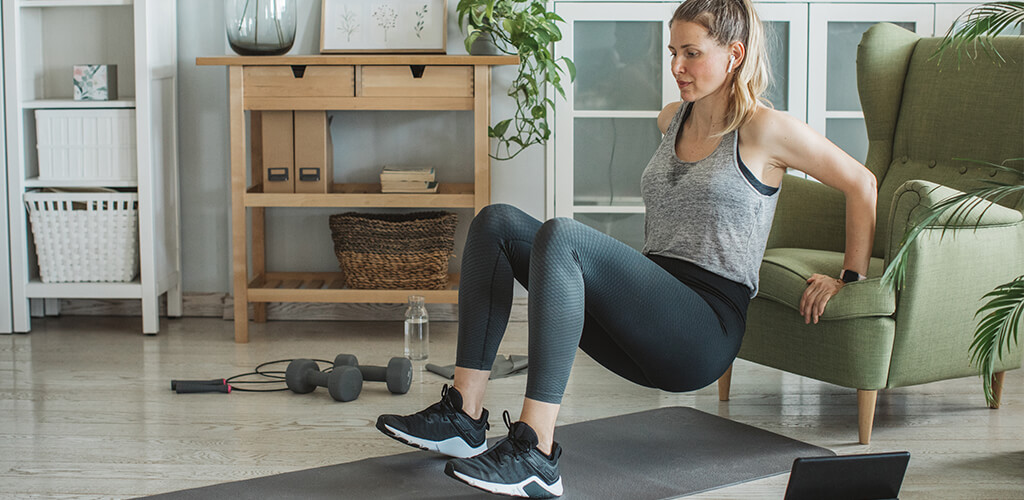
Don’t Forget to Stretch – Any time you are participating in a high-intensity workout like jumping rope, playing soccer, or running it is important to stretch before and after your workout. Stretching helps to prevent injuries by improving the muscles and tendons’ ability to easily adapt to quick and rapid changes and movements. Take the extra five to 10 minutes to warm up before rigorous activity. It’s a much better alternative then having to take a week off because of injury. You can find some of our recommendations for pre-cardio stretches here.
Give Yourself Space – One downside of working out at home is that there are many hazardous obstacles than can result in bad injuries. When you workout at home, make sure to give yourself ample distance from any sharp edges, stairs or ledges and remove clutter including shoes, and –worst of all – LEGOs. By proactively removing obstacles from your space, your workouts will be less difficult and much less painful.
Rest, Ice, Compression & Elevation – If an injury does occur, it’s time to pull out the old high school health book and follow the R.I.C.E. method (rest, ice, compress and elevate). WebMD suggests returning to workouts once you have been injury-free for one week. Continuing to use the area can worsen the injury, which lengthens your road to recovery. Instead, opt to exercise a different part of your body. For example, if you injure your ankle, focus on strengthening your arms. This will prevent you from breaking your routine and will still allow you to feel the benefits of working out.
By taking these precautions when exercising at home, you will be better equipped to prevent injury and be in tip-top shape.
You may also like
Fit Tip: Home Workout For Everyone









